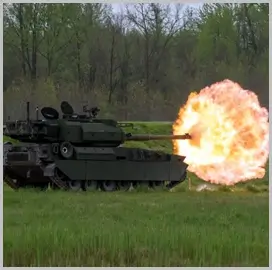
Following President Barack Obama’s stamp of approval on plans to close the Joint Forces Command in Norfolk, Va., Defense Department leaders are preparing for the transition.
“We hope that the implementation plan will be finished within the next 30 to 45 days and approved so we can begin execution,†said Army Gen. Raymond T. Odierno, who has helmed the Joint Forces Command since November.
Odierno said it’s possible the closing could happen within nine to 10 months; but, it’s more likely it will take as long as 15 months, he added.
Along with closing the command, essential functions will have to be shifted.
“What we’ve done is attempted to find the core capabilities that should be left behind in Joint Forces Command,†Odierno said, including joint training, concept development and doctrine development.
Of the command’s 77 “core†functions, 24 will likely be eliminated, but DoD has not yet provided specifics.
Odierno said one of the hardest parts of his job is being, in some way, responsible for putting people out of work.
“Things are tough these days,†he said. “And now here I am, responsible for potentially 1,900 people no longer being able to be employed, or whatever the number is here,†he told reporters. “That is quite a burden.â€
The Norfolk, Va.-based command currently employs about 4,000 people. Many expect JFCOM’s contractor workforce to take the hardest hit.
Although the plans are now shifting into high gear, JFCOM has been preparing for the closure since August, when Defense Secretary Robert Gates recommended it as part of his far-reaching efficiency and cost-saving measures within the department.
Before assuming command of JFCOM, Odierno served as the commander of U.S. forces in Iraq.
In an August news conference, Gates drew parallels between Odierno’s past service and his future mission.
“I’ve told Ray that his assignment at JFCOM is essentially the same as his assignment in Iraq, and that is to work himself out of a job,” Gates said. “And then I’ll find a new — a new and better one for him.”



